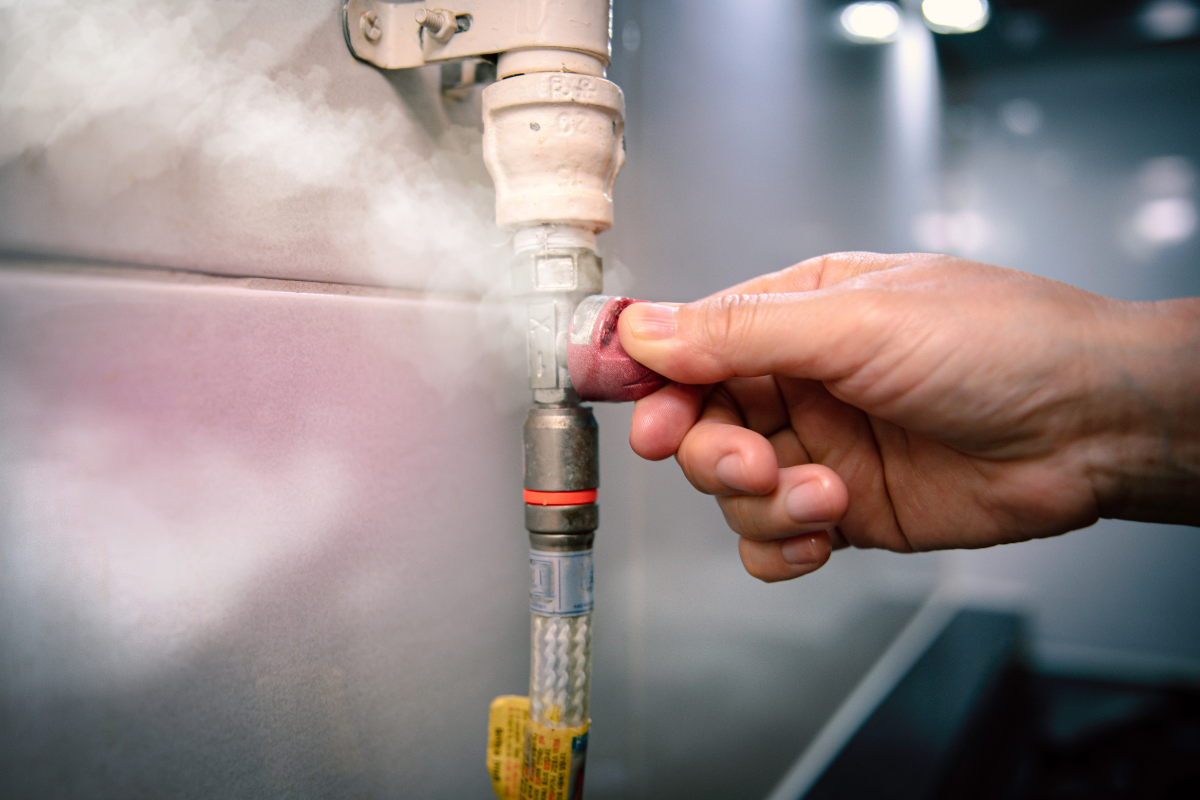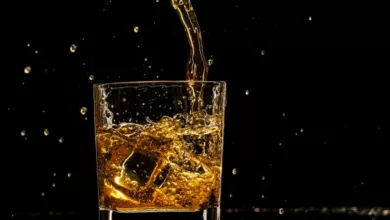The Silent Protector: Unveiling the Magic of Inerting Gas

In welding and metal fabrication, a silent hero works tirelessly, ensuring the quality and strength of welded joints. This unsung hero is none other than nitrogen inerting or shielding gas, a crucial component in various welding processes. While often overlooked, it is vital in protecting the weld pool, preventing atmospheric contamination, and ensuring high-quality welds. So, this article will delve into the magic of inerting gas, exploring its importance, types, and applications in the fascinating realm of welding.
The Purpose of Shielding Gas
When metals are heated during welding, they become susceptible to various types of atmospheric contamination. This contamination can weaken the weld, leading to defects such as porosity, cracks, or lack of fusion. So, this gas acts as a protective barrier, creating a controlled environment around the welding arc, shielding it from the ill effects of the surrounding air. By displacing atmospheric gases and preventing their interaction with the weld pool, this gas ensures the integrity and strength of the weld.
Types of Shielding Gases
These gases come in different compositions, each tailored to specific welding applications and materials. The two primary types of shielding gases are inert gases and active gases.
Inert Gases: Inert gases like argon and helium are known for their low reactivity and stability. They are commonly used for welding non-ferrous metals like aluminium, copper, and stainless steel. With its excellent inertness and affordability, argon is the most widely used in the welding industry.
Active Gases: Active gases, like carbon dioxide (CO2) and oxygen (O2), have reactive properties that can enhance the welding process. Active gases are often combined with inert gases to form mixed shielding gases. For example, the popular mixture of argon and CO2, known as the CO2 blend, is commonly used for welding carbon steels. The addition of active gases can improve arc stability, increase penetration, and influence the mechanical properties of the weld.
Shielding Gas Applications
Shielding gas is a versatile tool used across a range of welding processes and applications. Here are a few notable applications:
- Gas Metal Arc Welding (GMAW): Commonly known as MIG (Metal Inert Gas) or MAG (Metal Active Gas) welding, GMAW employs a continuously fed electrode wire and an inert gas to protect the weld pool. It is widely used in industries like automotive, construction, and fabrication.
- Gas Tungsten Arc Welding (GTAW): It employs a non-consumable tungsten electrode and an inert gas. It is often preferred for welding thin materials or when high-quality welds are required, such as aerospace applications.
- Flux-Cored Arc Welding (FCAW): FCAW utilises a tubular wire electrode filled with flux and can be performed with or without a protective gas. When shielding gas is used, it provides additional protection and improves weld quality. FCAW is commonly used in heavy fabrication and construction.
Factors Affecting Shielding Gas Selection
An appropriate shielding gas selection depends on several factors, including the base metal, welding process, desired weld characteristics, and cost considerations. Understanding these factors is crucial to achieving optimal results. For instance, while argon suits most non-ferrous metals, specific applications may require a different gas composition to achieve desired weld properties.
In welding, inerting gas quietly performs its duty, ensuring the integrity and quality of welded joints. By creating a protective environment around the weld pool, shielding gas prevents atmospheric contamination and defects that can compromise the strength of the weld. Whether it’s the inertness of argon or the reactivity of CO2, different types of shielding gases offer unique advantages for specific welding applications. And as technology advances, the quest for improved shielding gas compositions continues, leading to better weld quality, increased efficiency, and enhanced productivity. So, let’s not overlook the silent protector—shielding gas—the magic behind every strong and reliable weld.












